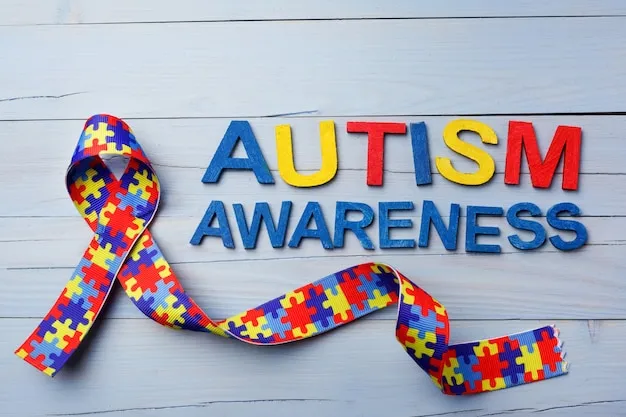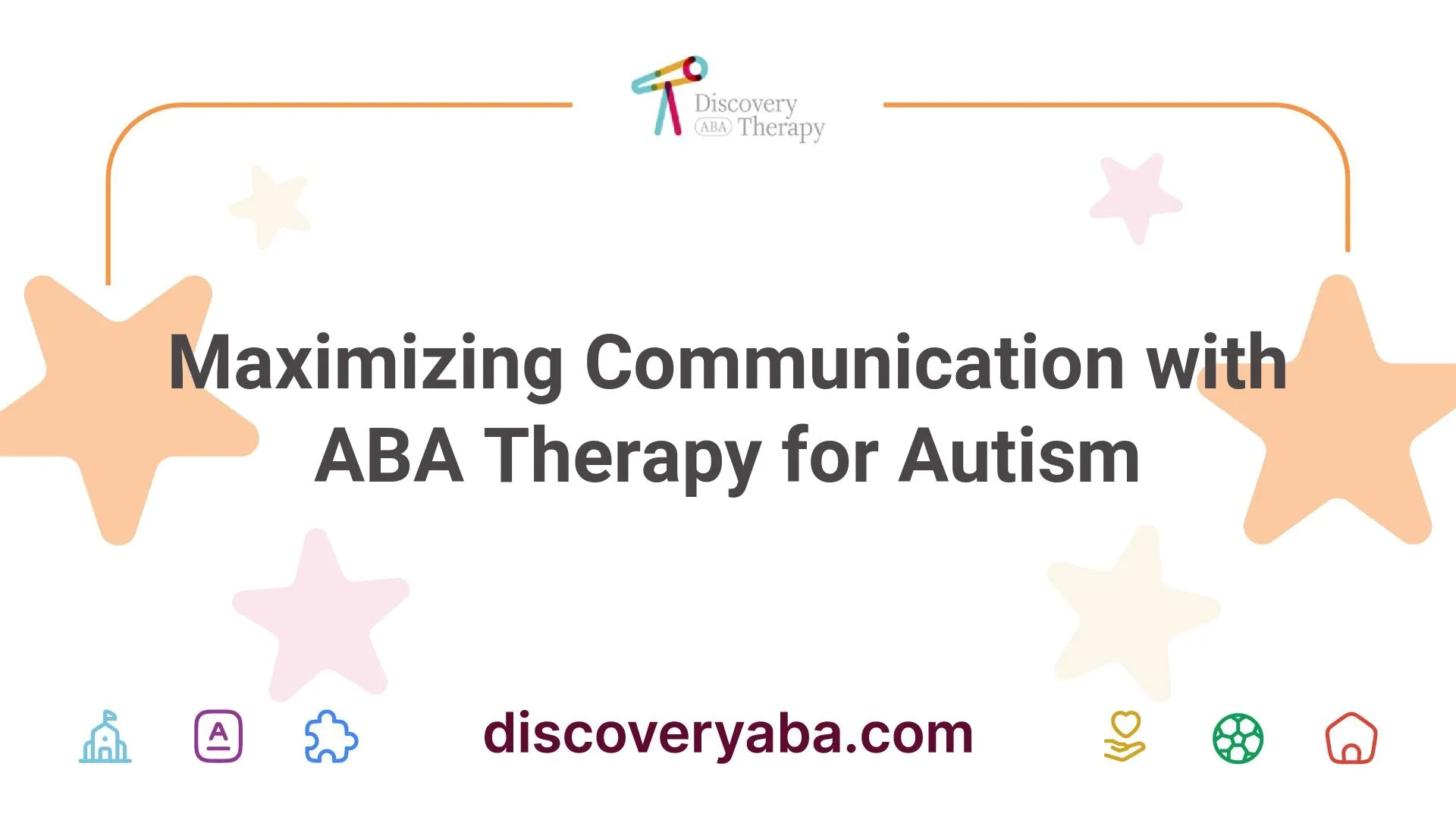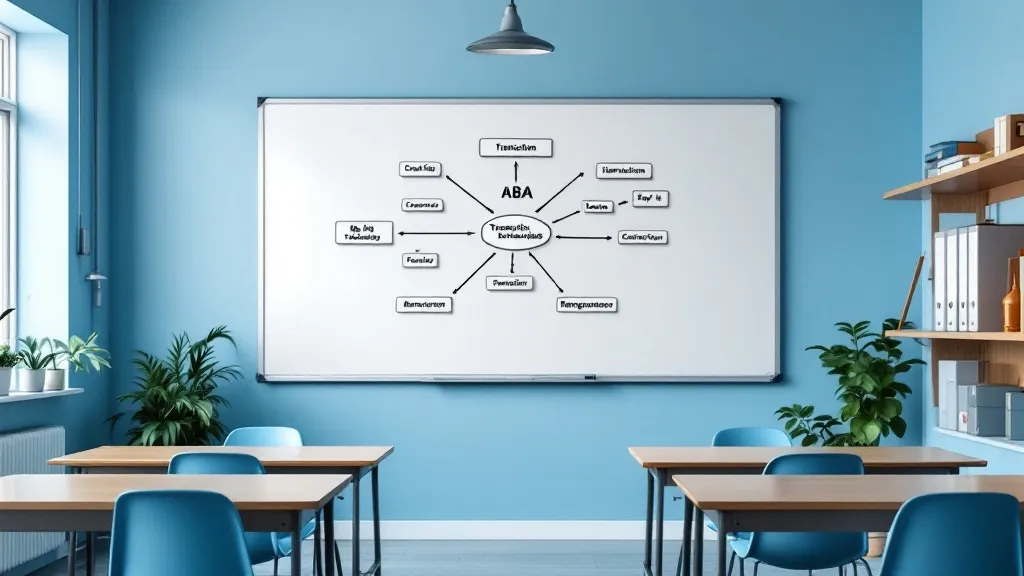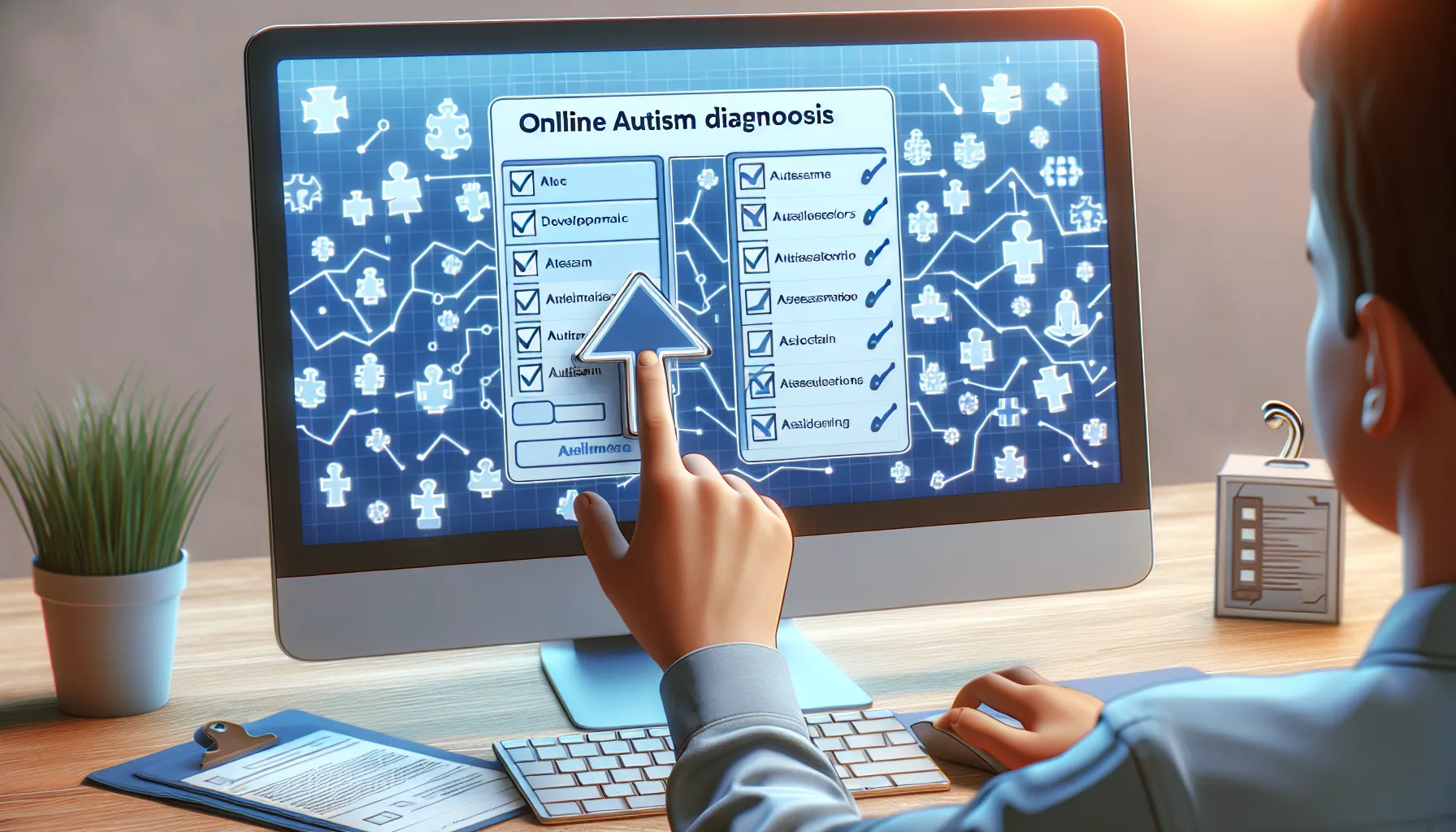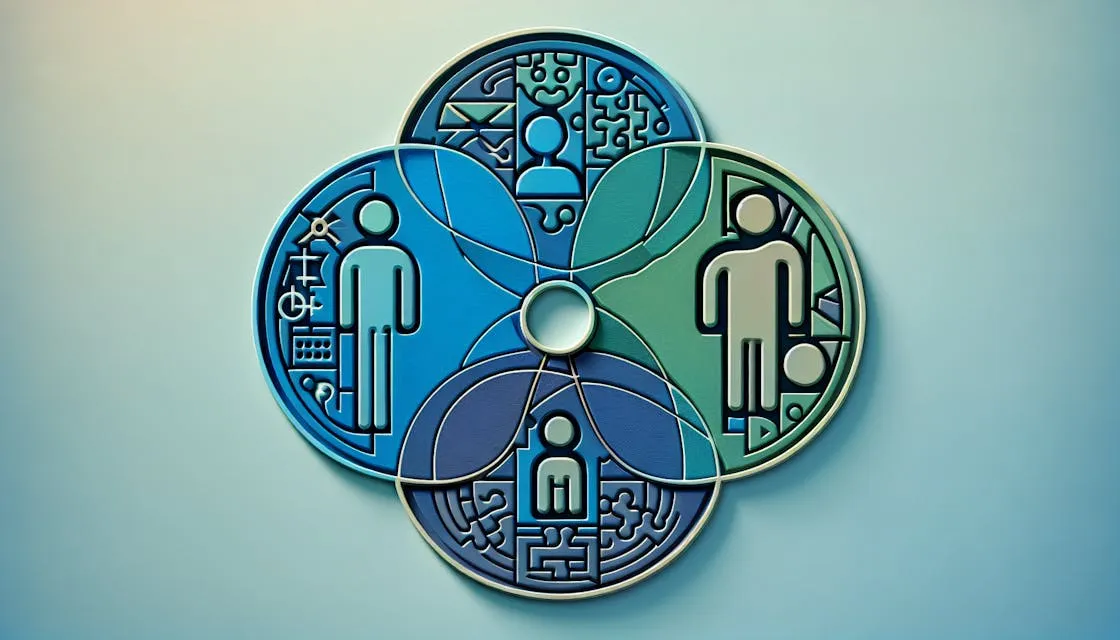ABA Therapy for Behavioral Therapy Programs
Explore ABA therapy for behavioral therapy programs, its benefits, approaches, and success stories for autism.

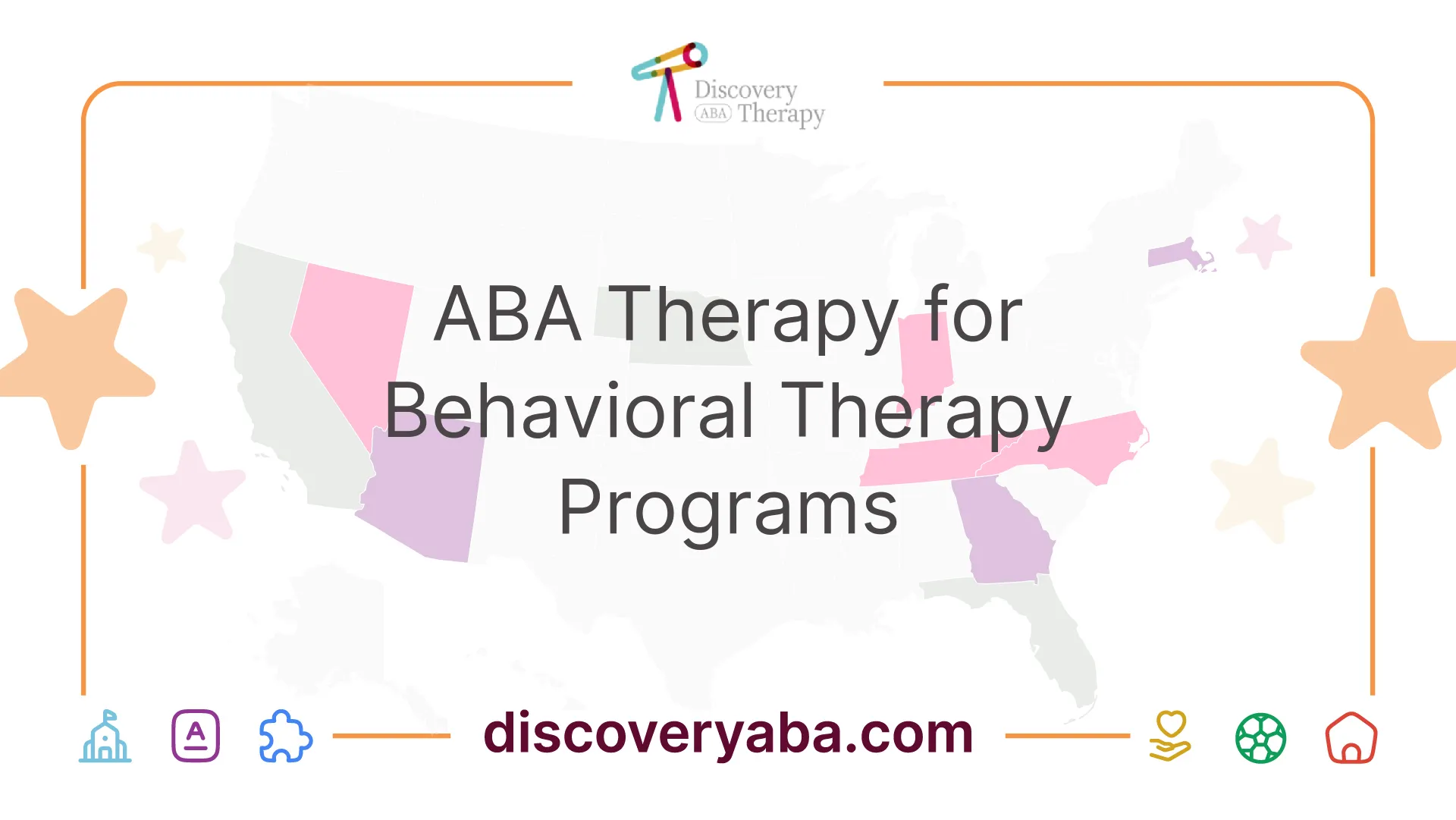
Understanding ABA Therapy
Overview of ABA Therapy
Applied Behavior Analysis (ABA) therapy is a widely recognized approach for addressing the needs of individuals with Autism Spectrum Disorder (ASD). It employs principles of behavior analysis to modify behaviors, enhance learning, and facilitate communication. ABA therapy has been endorsed by government and private associations around the world due to its effectiveness in treating autism [1]. This therapy is adaptable, allowing programs to be tailored specifically to fit the unique needs and developmental goals of each child. The programs can evolve and change based on real-time assessments of the child’s progress and the specific symptoms that need to be addressed.
Key Features of ABA TherapyDescriptionIndividualized ProgramsTailored to fit the profile and needs of each child.Evidence-BasedSupported by numerous studies proving its effectiveness for individuals with ASD.Early InterventionFacilitates early recognition and treatment of symptoms for better outcomes.
Benefits of ABA Therapy
The benefits of ABA therapy for children with autism are numerous and significant. It encourages essential skills such as communication, social interaction, and daily living activities. Research indicates that ABA therapy accelerates the rate of recovery, especially benefiting younger individuals on the autism spectrum [1].
Some of the key advantages include:
By leveraging these benefits, parents and caregivers can choose ABA therapy not only as a treatment but as a comprehensive developmental tool. For more information on how ABA therapy relates to autism, visit our sections on aba therapy for autism behavioral therapy and aba therapy and autism skill building.
The effectiveness of ABA therapy makes it one of the most commonly utilized therapies for children with autism, and it integrates scientific research to ensure that all approaches are grounded in evidence based practices.
ABA Therapy Approaches
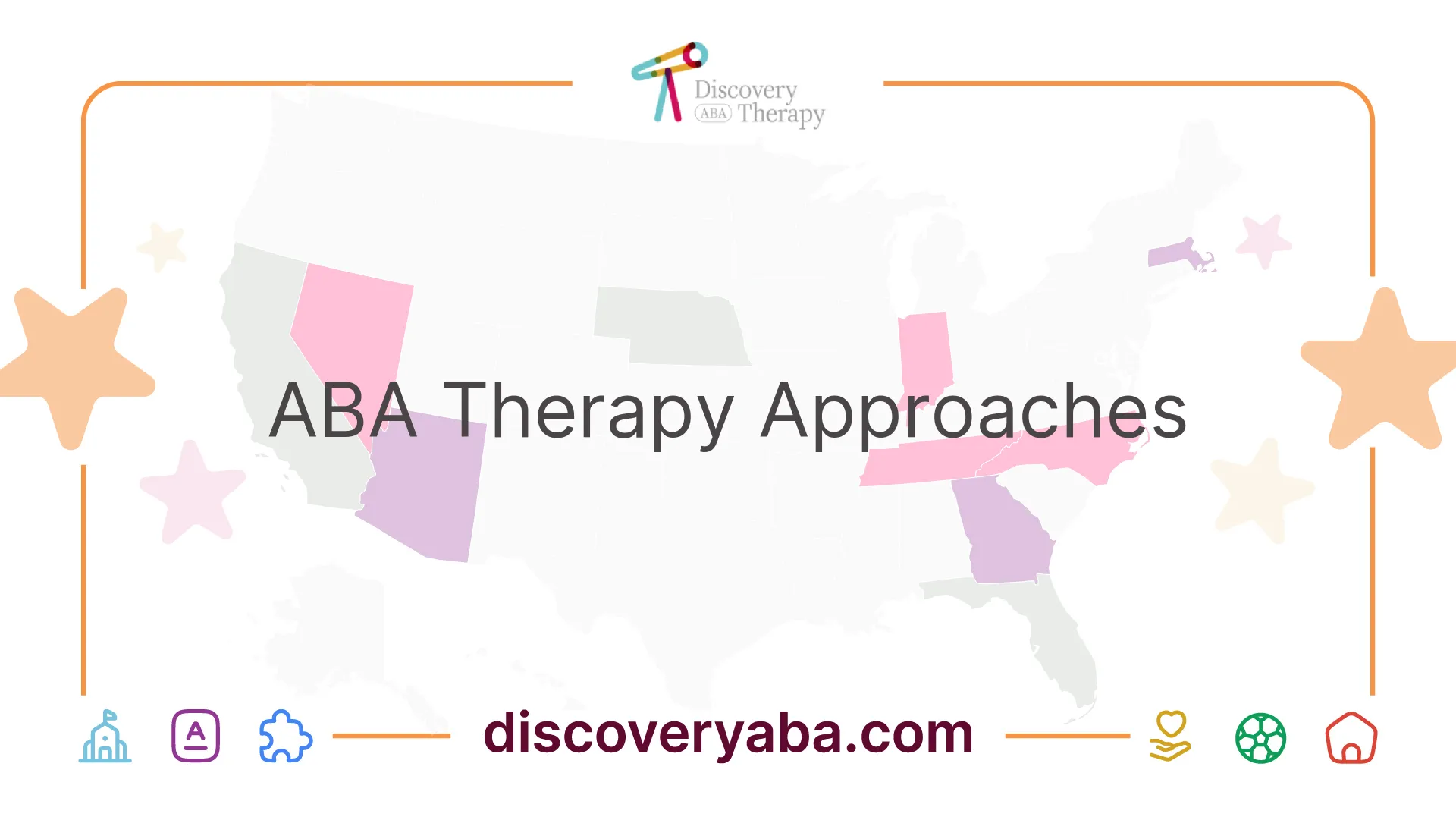
ABA therapy utilizes various approaches to effectively cater to the unique needs of individuals with autism. Two significant methodologies in this therapy are individualized treatment plans and evidence-based practices.
Individualized Treatment Plans
Individualized treatment plans in ABA therapy are specifically tailored to each person's needs and capabilities. This personalization ensures that the goals set during therapy resonate with the individual's daily life and behavioral patterns. Each plan contains specific objectives that serve as targets for intervention, focusing on decreasing challenging behaviors while promoting the acquisition of new, functional skills. By concentrating on goals that are essential for development, including social skills and adaptive behavior, these plans maximize the potential for positive change.
To showcase how individualized treatment plans may vary among clients, here is a table representing different goal categories that can be included in a treatment plan:
Goal CategoryExample GoalsCommunication SkillsIncrease vocabulary through structured activitiesSocial SkillsInitiate greetings with peersDaily Living SkillsPractice dressing independentlyBehavioral TargetsReduce instances of tantrums during transitions
These tailored plans benefit children with autism by allowing symptoms to be recognized and treated early, contributing to an accelerated rate of recovery [1].
Evidence-Based Practices
Evidence-based practices are a cornerstone of ABA therapy, ensuring that strategies and interventions are grounded in scientifically validated research. This approach allows therapists to target specific goals effectively, such as decreasing challenging behaviors and fostering prosocial skills in natural environments. Data-driven decision-making plays a vital role in this practice. Therapists continuously collect and analyze data on a child's progress throughout the therapy process. This ongoing assessment enables them to adjust strategies and interventions as needed, ensuring therapy remains effective and tailored to the individual's changing needs [3].
Here is a brief overview of how evidence-based practices operate in ABA therapy:
Practice ElementDescriptionGoal-SettingCreating evidence-based, measurable goalsProgress Data CollectionRegularly tracking progress during each sessionStrategy AdjustmentsAdapting methods based on progress and behavioral changesFamily InvolvementRegularly meeting with caregivers to discuss findings (Autism Speaks)
Implementing evidence-based practices contributes to broader skill set development for individuals with autism, ensuring they receive the most applicable and effective support [4]. These practices remain integral to achieving meaningful outcomes in behavioral therapy programs. For further insights, consider exploring resources on ABA therapy for behavioral therapy programs.
Components of ABA Therapy
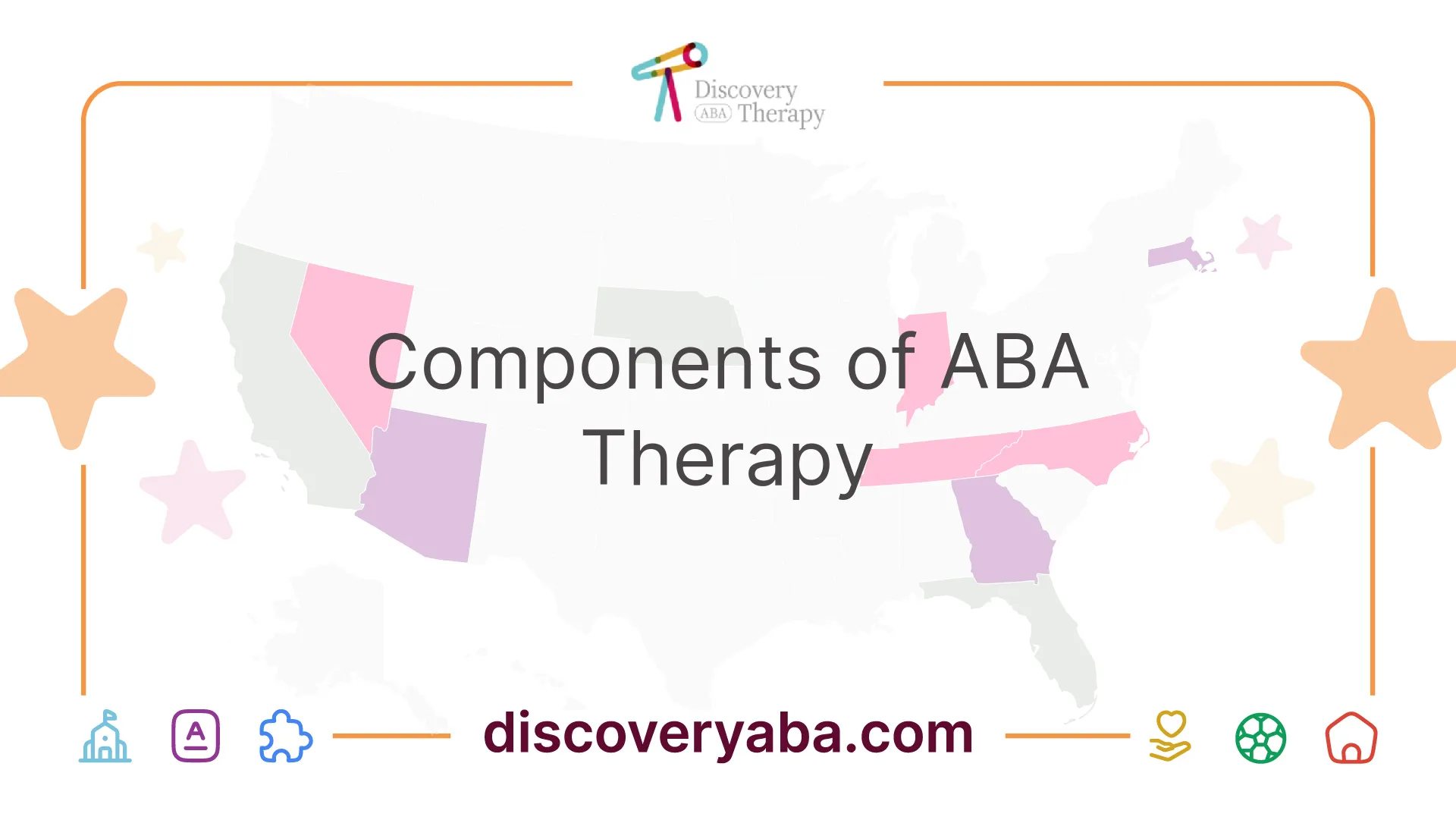
ABA therapy comprises several essential elements that work together to create effective intervention strategies for individuals with autism. This section will detail the core principles of behavior analysis and the importance of data collection and analysis in assessing progress.
Behavior Analysis Principles
ABA therapy utilizes behavior analysis principles to change behavior and teach new skills. This approach breaks down complex skills into smaller, manageable steps, employing systematic methods like reinforcement, prompting, and shaping. The aim is to encourage positive behavior changes while reducing unwanted behaviors.
The techniques involved in ABA therapy include:
TechniqueDescriptionPositive ReinforcementProviding a reward to increase desired behaviors.Negative ReinforcementRemoving an unpleasant stimulus to increase the likelihood of a behavior.ExtinctionGradually reducing unwanted behaviors by stopping reinforcement.Visual ModelingDemonstrating a behavior to facilitate learning.PromptingGiving hints or cues to elicit a desired behavior.Behavior ChainingLinking small steps into a larger sequence to learn complex tasks.RedirectionGuiding the person towards acceptable behavior alternatives.
With these techniques, therapists collaborate with Board Certified Behavior Analysts (BCBAs) to set specific and measurable treatment goals tailored to the individual needs of those with autism spectrum disorder. The goals are broken down into concrete steps that contribute to larger objectives for behavior modification.
Data Collection and Analysis
Data collection and analysis play a crucial role in the effectiveness of ABA therapy. Therapists gather data to evaluate the effectiveness of interventions, track progress, and guide informed decision-making. Various methods for collecting data include:
Data Collection MethodDescriptionDirect ObservationWatching and recording behaviors in real-time.Behavior Tracking SheetsUsing forms to document behaviors over specific timeframes.Standardized Assessment ToolsUtilizing established tools to assess skills and challenges.
Qualified BCBAs and therapists regularly measure progress by collecting data during each therapy session. They also meet with family members and other relevant staff to review this information and make necessary adjustments to treatment plans.
Data analysis informs therapists about which strategies are effective and allows for ongoing refinements to enhance the effectiveness of the therapy. The combination of behavior analysis principles and systematic data collection creates a robust framework for successful ABA therapy programs, particularly in ABA therapy for autism behavioral therapy and skill building.
Types of ABA Therapy
Understanding the various types of Applied Behavior Analysis (ABA) therapy is essential for parents and caregivers who seek effective behavioral therapy programs for individuals with autism. Each type addresses different learning styles and needs.
Discrete Trial Training (DTT)
Discrete Trial Training (DTT) is a structured method commonly used in early ABA programs. Developed by Dr. O. Ivar Lovaas in the 1960s, DTT breaks down complex skills into smaller, manageable steps. This technique employs reinforcement, prompting, and shaping to teach new behaviors.
In DTT, each teaching session is divided into discrete trials, each consisting of a clear instruction or question, a prompt if needed, and a consequence (either reinforcement for correct responses or guidance for incorrect ones). This method allows for focused learning and helps track progress over time.
ComponentDescriptionStructureHighly structured sessionsFocusIndividual skills broken down into smaller stepsTechniquesReinforcement, prompting, shaping
Pivotal Response Treatment (PRT)
Pivotal Response Treatment (PRT) presents a less structured approach compared to DTT within ABA programs. PRT emphasizes play and everyday activities to guide learning, aligning the therapy with the child's interests and attention levels.
By leveraging natural reinforcements and focusing on pivotal areas of development such as motivation and self-management, PRT encourages children to take more initiative in their learning. This approach aims to enhance flexible thinking and generalize skills across different situations.
ComponentDescriptionStructureLess structured, more flexibleFocusEveryday activities and playTechniquesNatural reinforcements, emphasis on motivation
Early Start Denver Model (ESDM)
The Early Start Denver Model (ESDM) merges play-based activities like PRT with traditional ABA methods such as DTT. This model incorporates multiple developmental goals within a single activity, creating a rich learning environment for young children [6].
ESDM is particularly effective for children aged 12-48 months and promotes engagement through interactive learning, helping to develop social communication, cognitive skills, and self-regulation. This holistic approach can significantly enhance learning outcomes by maximizing opportunities for skill development during play.
ComponentDescriptionStructureCombination of play and structured learningFocusMultiple developmental goals in one activityTechniquesInteractive learning, blending methods
By familiarizing themselves with these ABA therapy types, parents and caregivers can make informed decisions about the most suitable approaches for their child's unique needs. Understanding these methodologies is a crucial step toward finding effective ABA therapy for behavioral therapy programs that promote positive outcomes and skill building.
Role of Professionals in ABA
Understanding the role of professionals involved in ABA therapy is essential for parents and caregivers seeking effective support for individuals with autism. The success of these therapy programs largely depends on the expertise and dedication of the professionals engaged in the process.
Board Certified Behavior Analysts (BCBAs)
Board Certified Behavior Analysts (BCBAs) are trained professionals who specialize in behavior analysis. They are responsible for assessing, analyzing, and providing interventions for individuals, focusing on addressing behavioral issues and promoting positive behavior changes. BCBAs undergo rigorous training and obtain certification, making them highly qualified to deliver ABA therapy.
A BCBA plays a crucial role in creating customized ABA programs tailored to each child's unique abilities, interests, and family circumstances. These personalized programs help children progress at their own pace, ensuring they acquire necessary skills for independent living. Additionally, they measure progress by collecting data during each therapy session and regularly meet with family members and program staff to review this information [5].
The assessment process led by BCBAs includes evaluating various skills, such as language and communication, social behavior, self-help abilities, attention span, and challenging behaviors. This comprehensive evaluation guides the development of personalized treatment plans focusing on enhancing communication and reducing challenging behaviors [9].
Behavior Technicians
Behavior technicians work alongside BCBAs to implement the individualized ABA programs designed for each child. While their work is crucial, they typically do not hold the same level of certification as BCBAs. However, behavior technicians receive training and supervision from BCBAs, ensuring they understand the principles of ABA therapy.
Their primary responsibilities include working directly with children and conducting therapy sessions based on the plans created by BCBAs. They utilize various techniques and strategies to help children learn new skills, improve behavior, and facilitate social interactions. Behavior technicians also collect data during sessions, which is vital for measuring a child's progress and effectiveness of the therapy program.
In addition to one-on-one sessions, behavior technicians may also guide parents and caregivers on how to reinforce skills at home, creating a consistent learning environment that connects therapy with daily life. For more information on how ABA therapy can aid in development, parents can explore resources on ABA therapy and autism skill building and ABA therapy for behavioral therapy services.
Success Stories
Exploring the positive impact of ABA therapy can provide hope and direction for parents and caregivers of individuals with autism. This section delves into the outcomes achieved through ABA therapy and its significant effects on those on the autism spectrum.
Positive Outcomes of ABA Therapy
Numerous studies affirm that ABA therapy is considered one of the most effective treatments for individuals with Autism Spectrum Disorder (ASD). Research consistently shows that intensive, long-term therapy utilizing ABA principles results in considerable gains across various developmental domains. For instance, a comprehensive review indicates that children exposed to early and intensive behavioral intervention showed success rates exceeding 89% in enhancing skills associated with autism.
Outcome AreaImprovement PercentageIntellectual Functioning45%Language Development50%Daily Living Skills40%Social Functioning60%
In a study tracking children who participated in ABA therapy for more than 20 hours weekly before the age of four, researchers noted substantial advancements in development and a reduction in the necessity for special services later in life [6]. The results underline the value of early and continuous application of ABA strategies.
Impact on Individuals with Autism
The effectiveness of ABA therapy is widely recognized by leading health organizations, including the American Psychiatric Association and the U.S. Surgeon General. ABA therapy has been shown to yield significant improvements in various skill areas, including IQ, verbal abilities, and social functioning. A multitude of studies reinforce these findings, indicating that intensive application of ABA methodologies can enhance overall life quality for many children with autism [5].
Furthermore, research that focused on children receiving early intensive intervention revealed impactful changes across several domains. For example:
Parents and caregivers exploring ABA therapy for autism behavioral therapy can take encouragement from these positive success stories. By pursuing ABA therapy, they are investing in a structured, data-driven approach that has proven its worth in fostering growth and independence for individuals with autism.
References
[2]:
[3]:
[4]:
[5]:
[6]:
[7]:
[8]:
[9]:
Does Your Child Have An Autism Diagnosis?
Learn More About How ABA Therapy Can Help
Find More Articles
Contact us
North Carolina, Nevada, Utah, Virginia
New Hampshire, Maine
Arizona, Colorado, Georgia, New Mexico, Oklahoma, Texas
.avif)




































